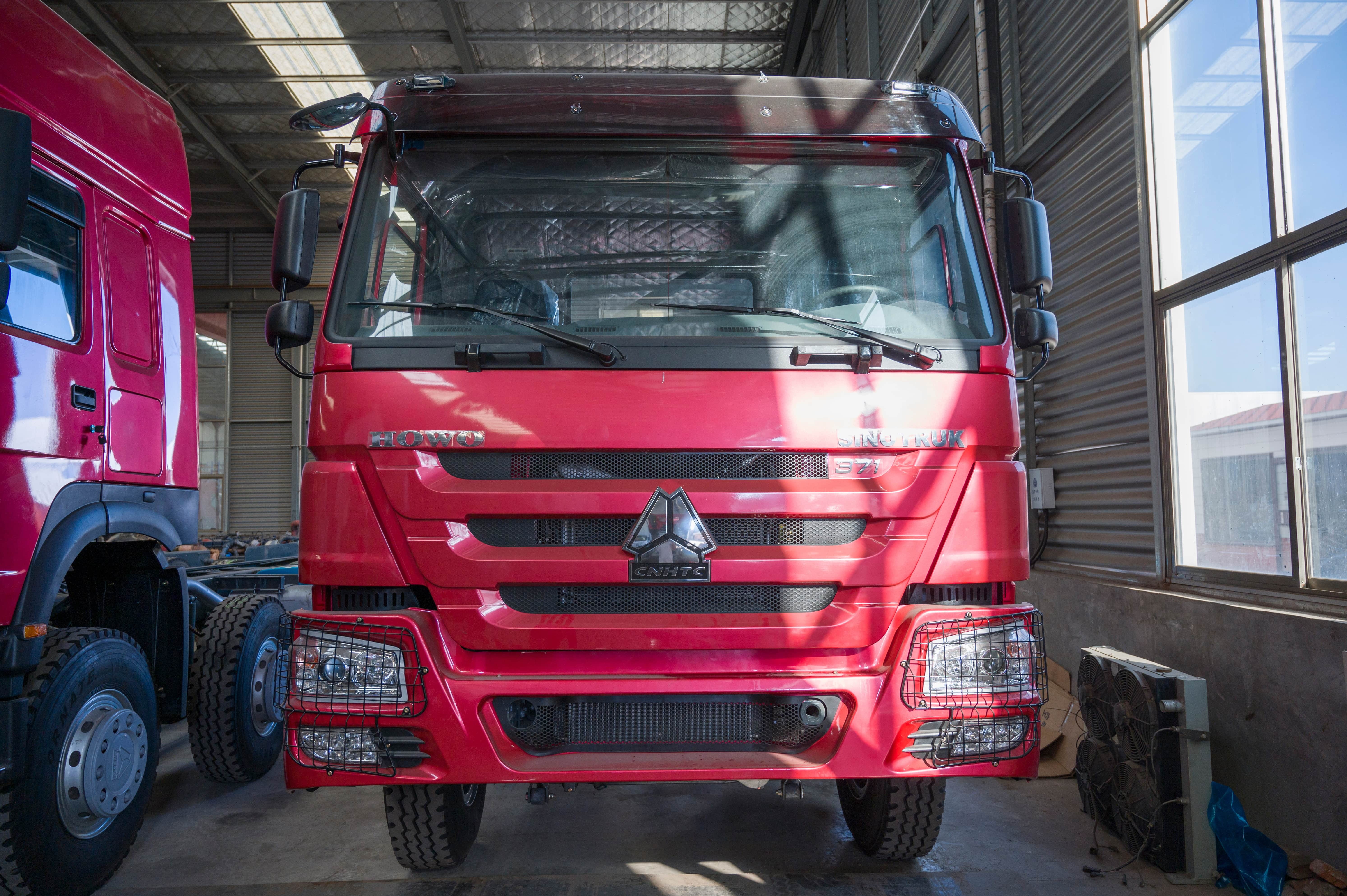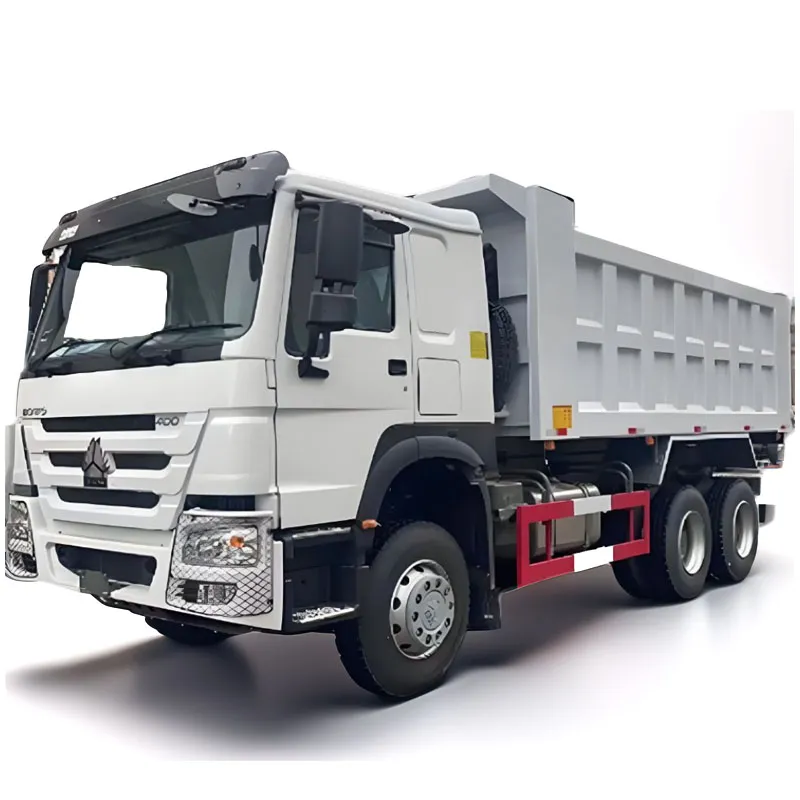Strong handling precision: They mostly adopt multi-link independent suspensions or double-wishbone suspensions, with a relatively stiff tuning and sufficient support. When steering, changing lanes or cornering, they can effectively suppress body roll, allowing the driver to have clearer control over the vehicle's driving path.
Outstanding high-speed stability: The overall rigidity of the chassis is high, and the connection between the suspension and the body is tightly tuned. When the vehicle is cruising at high speeds (e.g., 120-150km/h), the body rarely has a floating feeling, and fine road vibrations are filtered more delicately, resulting in a solid driving texture.
High structural durability: Key components such as control arms and shock absorbers are mostly made of high-strength alloys or steel materials, with strict process standards. Even when driving on complex road conditions (such as rural gravel roads) for a long time, they can maintain a low failure rate and a long service life.
Balancing sportiness and comfort: Some high-end models achieve suspension stiffness adjustment through adaptive dampers (e.g., Mercedes-Benz ADS, BMW EDC). They can switch to comfort mode to filter bumps during daily commuting, and switch to sport mode to enhance support during aggressive driving, achieving a balance between dual needs.





